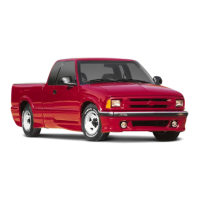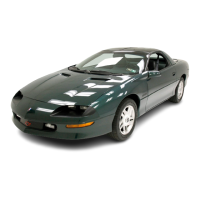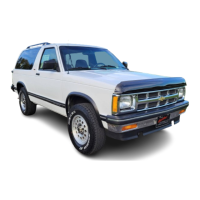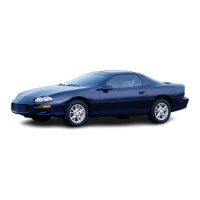If the differential
is
at operating temperature (warm), add enough lubricant
to raise the level to
the
bottom
of
the filler plug hole.
If
the differential
is
cold, add enough lubricant
to
raise the level
to
1/2
inch
(1
2
mm) below the filler plug hole.
What
to
Use
Refer
to
the Maintenance Schedule to determine what kind
of
lubricant
to
use. See “Recommended Fluids and Lubricants” in the Index.
Engine
Coolant
The following explains your cooling system and how to add coolant when it
is
low. If you have a problem with engine overheating,
see
“Engine
Overheating”
in
the Index.
The proper coolant for your vehicle will:
Give freezing protection down
to
-34°F
(-37°C).
Give boiling protection up to
262
“F
(
128
O
C).
Protect against rust and corrosion.
Help keep the proper engine temperature.
Let the warning gages work
as
they should.
What
to
Use
use a mixture of one-half
clean
water
(preferably distilled) and one-half
antifreeze that meets
“GM
Specification
6038-M,”
which won’t damage
aluminum parts.
You
can also use a recycled coolant conforming
to
“GM
Specification
6038-M.”
Use
GM
Coolant Supplement (Sealer) with a
complete coolant flush and refill, If you use this mixture,
you
don’t need to
add anything else.
A
CAUTION:
Adding
only
plain water
to
your cooling system can
be
dangerous. Plain water, or
some
other
liquid
like
alcohol, can
buil before the proper coolant
mix
will. Your
vehicle’s
coolant
warning system
is
set
for
the proper coolant
mix.
With plain
water or the wrong
rnix,
your engine
could
get
too hot but you
wouldn’t get
the
overheat warning.
Your
engine could catch
fire
and you
or
others could be burned.
Use
a
50150
rnix
of
clean
water and
a
proper
antifreeze.
6-35

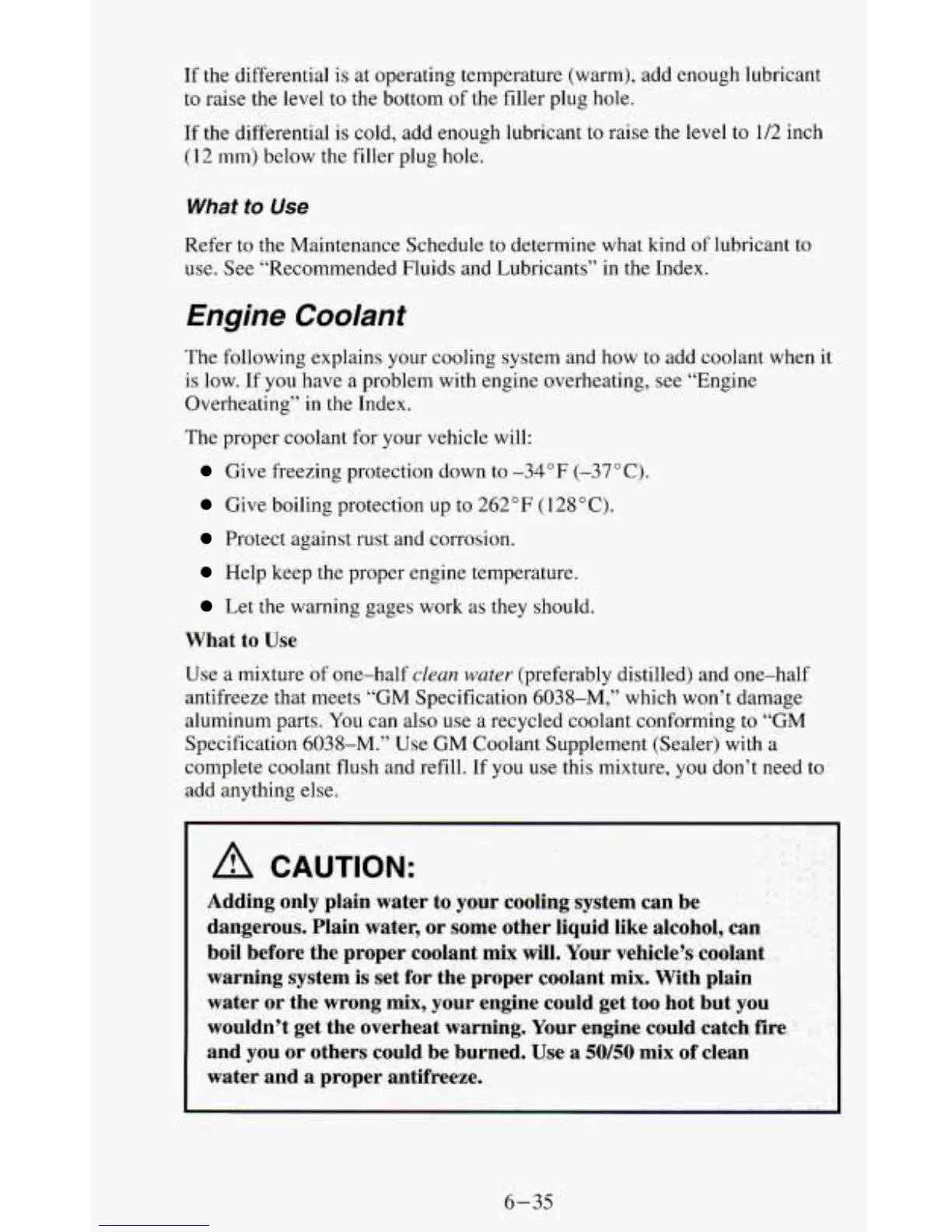